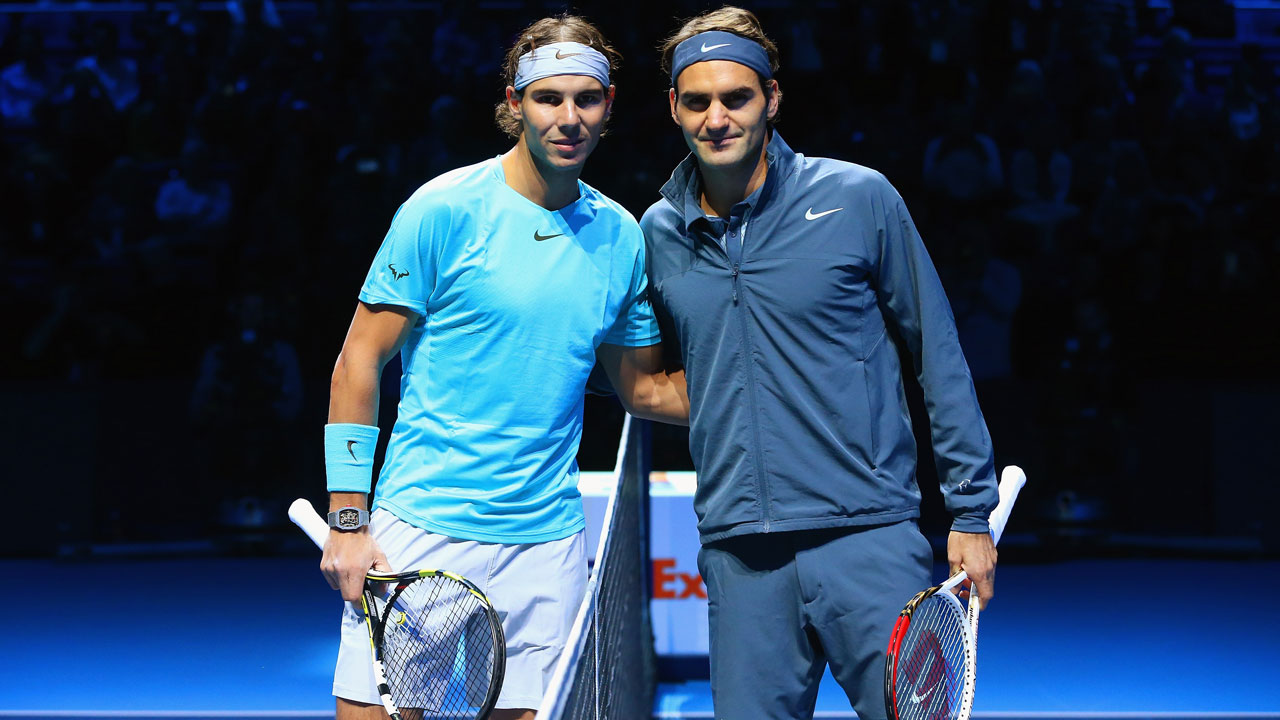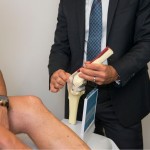
I’m a great fan of tennis and like lots of others, have taken time out to watch the Australian Open.
It’s been fantastic to see two amazing athletes Roger Federer and Rafael Nadal back after recovery from injury to compete against each other in the finals – and in Roger’s case, to win the Australian Open following knee surgery for a torn meniscus followed by rehab and 6 months rest.
A torn meniscus is one of the most common of all knee injuries and surgical treatment for meniscal tears are among the most commonly performed surgical procedures by orthopaedic specialists worldwide.
Tennis players are particularly susceptible to meniscus tears as they are most commonly damaged by a twist on a slightly flexed knee. A partial or total tear can happen as a result when you quickly twist or rotate the upper leg while the foot stays planted.
What are the meniscus?
Each knee joint has two menisci. They are tough cartilage ‘C’ shaped discs that sit between the top surface of your shinbone and the thigh bone. Meniscus play an important role in load and shock absorbtion of the knee joint.
The menisci play several important roles:
- To provide shock absorption and distribute load throughout the joint
- Increase stability
- Provide nutrition for articular cartilage
- Limit extreme flexion and extension
- Control the movements of the knee joint
Strains and tears of the meniscus and other muscles account for many of the injuries in elite athletes
But you don’t have to be a professional athlete to have one of these injuries.
Everyday recreational athletics and just our daily working life sees many thousands of people incur sprains and strain injuries.
How do you know if you have a sprain or strain injury?
You may have a sprain or strain injury if you experience:
- Swelling, bruising or redness
- Pain at rest
- Pain in use
- Weakness of the muscle
- Inability to use
- Limited range of motion
- Stiffness
What factors can contribute to a strain injury?
There are some factors that can mean you will be more vulnerable to an injury including getting older, a previous injury, diminished flexibility and fatigue.
Many athletes sustain muscle injuries when they just begin a training regimen. That is why we see so much more injury occurring in football pre-season training camps rather than throughout the season.
What can you do reduce the risk of injury?
- Make sure before your start a workout or play a game that you have a gentle warm up. Warmups increase blood flow and flexibility.
- Recognise when you are fatigued – and stop. Muscle fatigues takes away your body’s natural protective mechanisms and increases your risk of injury.
- Take time for a cool down
My role as team doctor for professional athletes has seen me perform many successful meniscus repairs allowing professional athletes to return to their sport and maintain a healthy lifestyle. We have just seen this highlighted through Roger’s performance and it’s also possible for every person who has experienced injury through their everyday activities.
If you have experienced a meniscus tear or other muscle strain injury, please call our office and ask how we can help.


